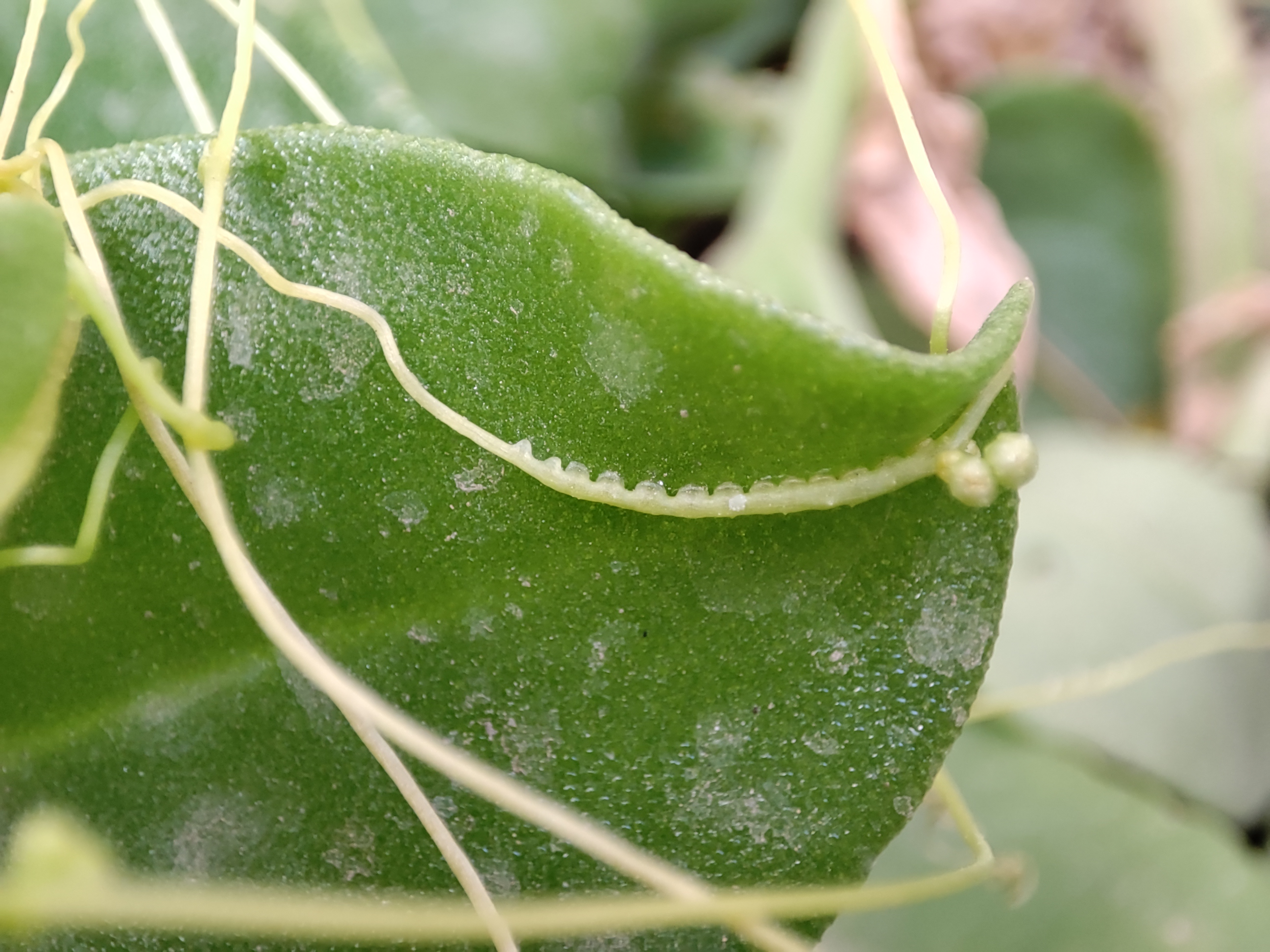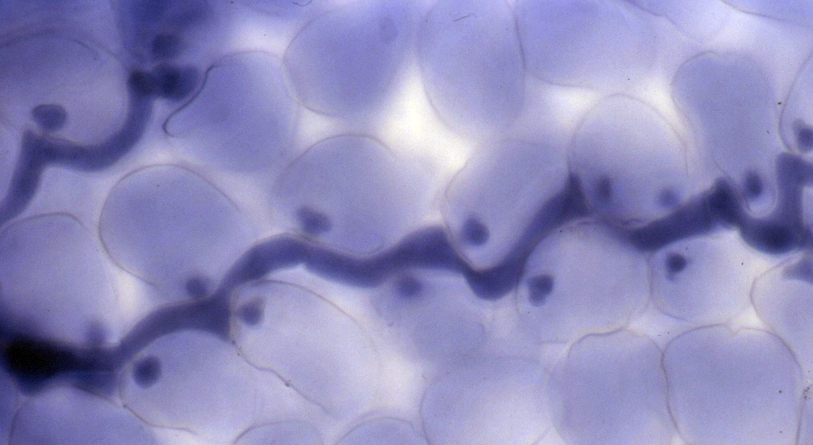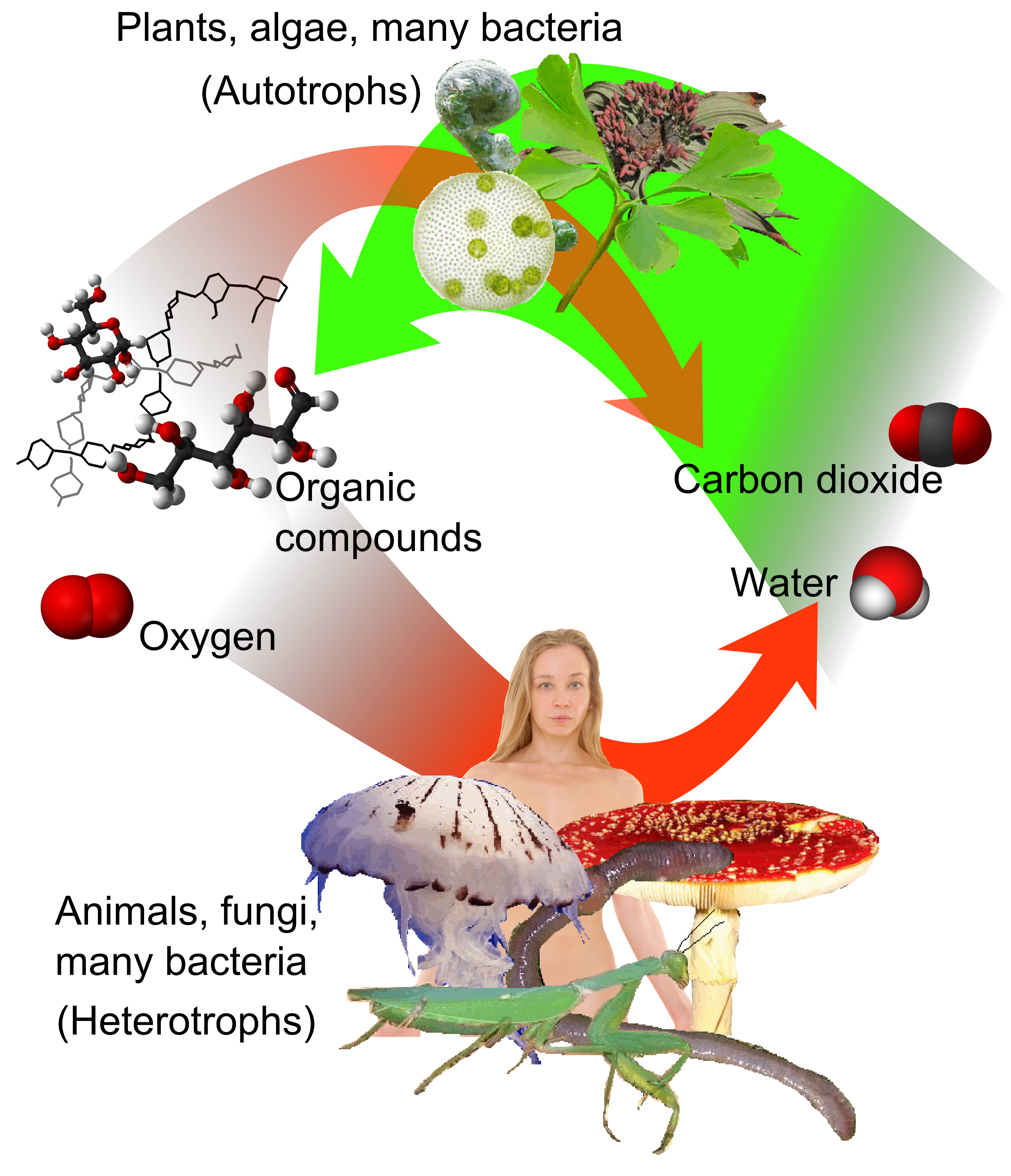|
Cuscuta Gronovii
''Cuscuta gronovii'' is a yellow vine that grows as a parasite off other plants. It is a dicot. Description ''Cuscuta gronovii'' belongs to the family Convolvuaceae, including the morning glories, comprising about 200 species. It is a parasitic annual vine that infects host plants in a parasitic relationship. Its stems appear orange-yellow in color. The vine can grow up to a length of one meter or more, entangling itself around the host plant. Although it appears to be leafless, it has tiny, alternate, scale-like leaves. The vine produces white flowers with bell-shaped, five-lobed corollas, and sepals united at the base. The flowers are roughly 1/8 of an inch apart from one another. There are currently three known subspecies of ''Cuscuta gronovii'': ''calyptrata'', ''gronovii'', and ''latiflora''. Etymology ''Cuscuta gronovii'' was named in honor of botanist Jay Fredrik Gronon. The genus ''Cuscuta'' was named after the Arabic word for "dodders", and the word dodder origina ... [...More Info...] [...Related Items...] OR: [Wikipedia] [Google] [Baidu] |
Vine
A vine is any plant with a growth habit of trailing or scandent (that is, climbing) stems, lianas, or runners. The word ''vine'' can also refer to such stems or runners themselves, for instance, when used in wicker work.Jackson; Benjamin; Daydon (1928). ''A Glossary of Botanic Terms with their Derivation and Accent'', 4th ed. London: Gerald Duckworth & Co. In parts of the world, including the British Isles, the term "vine" usually applies exclusively to grapevines, while the term "climber" is used for all climbing plants. Growth forms Certain plants always grow as vines, while a few grow as vines only part of the time. For instance, poison ivy and bittersweet can grow as low shrubs when support is not available, but will become vines when support is available. A vine displays a growth form based on very long stems. This has two purposes. A vine may use rock exposures, other plants, or other supports for growth rather than investing energy in a lot of supportive tissu ... [...More Info...] [...Related Items...] OR: [Wikipedia] [Google] [Baidu] |
Cuscuta
''Cuscuta'' (), commonly known as dodder or amarbel, is a genus of over 201 species of yellow, orange, or red (rarely green) parasitic plants. Formerly treated as the only genus in the family Cuscutaceae, it now is accepted as belonging in the morning glory family, Convolvulaceae, on the basis of the work of the Angiosperm Phylogeny Group. The genus is found throughout the middle latitudes, temperate and tropics, tropical regions of the world, with the greatest species diversity in subtropics, subtropical and tropical regions; the genus becomes rare in cool temperate climates, with only four species native to northern Europe. Folk names include strangle tare, strangleweed, scaldweed, beggarweed, lady's laces, fireweed, wizard's net, devil's guts, devil's hair, devil's ringlet, goldthread, hailweed, hairweed, hellbine, love vine, pull-down, angel hair, and witch's hair. Description ''Cuscuta'' can be identified by its thin stems appearing leafless, with the leaf, leaves reduced ... [...More Info...] [...Related Items...] OR: [Wikipedia] [Google] [Baidu] |
Mimulus Ringens
''Mimulus ringens'' is a species of monkeyflower known by the common names Allegheny monkeyflower and square-stemmed monkeyflower. It is native to eastern and central North America and has been introduced to the Pacific Northwest. It grows in a wide variety of moist to wet habitat types. Seeds are available from commercial suppliers. This is a rhizomatous perennial growing to well over tall, its 4-angled stem usually erect. The oppositely arranged leaves are lance-shaped to oblong, up to long, usually clasping the stem. The sessile leaves of ''M. ringens'' help to distinguish it from its eastern relative, '' Mimulus alatus'', which bears leaves on petioles and has a winged stem. The herbage is hairless. The flower is long, its tubular base encapsulated in a ribbed calyx of sepals with pointed lobes. The flower is lavender, blue, red or pink in color and is divided into an upper lip and a larger, swollen lower lip. One variety of this plant, var. ''colophilus'', is rare, e ... [...More Info...] [...Related Items...] OR: [Wikipedia] [Google] [Baidu] |
Laportea Canadensis
''Laportea canadensis'', commonly called Canada nettle or wood-nettle, is an annual or perennial herbaceous plant of the nettle family Urticaceae, native to eastern and central North America. It is found growing in open woods with moist rich soils and along streams and in drainages. Description ''Laportea canadensis'' grows from tuberous roots to a height of 30 to 150 centimeters, and can be rhizomatous, growing into small clumps. Plants have both stinging and non-stinging hairs on the foliage and the stem Stem or STEM most commonly refers to: * Plant stem, a structural axis of a vascular plant * Stem group * Science, technology, engineering, and mathematics Stem or STEM can also refer to: Language and writing * Word stem, part of a word respon ...s. It has whitish green flowers, produced from spring to early fall. Unlike its cousin, the common nettle, ''Laportea canadensis'' has alternate leaves. The bulk of its foliage also grows notably high on the stem. Sting When the ... [...More Info...] [...Related Items...] OR: [Wikipedia] [Google] [Baidu] |
Boehmeria
''Boehmeria'' is a genus of 47 species of flowering plants in the nettle family Urticaceae. Of the species, 33 are indigenous to the Old World and 14 to the New World; no species is indigenous to both the Old and New Worlds. The species include herbaceous perennials, shrubs and small trees. Although related to the similar-looking species of the stinging nettles of genus ''Urtica'', species of ''Boehmeria'' do not have stinging hairs. Because of the similarity in appearance, some species are commonly called "false nettles". This genus is named in honor of the German botanist, Georg Rudolf Boehmer. Fossil record 14 fossil fruits of †''Boehmeria sibirica'' have been extracted from borehole samples of the Middle Miocene fresh water deposits in Nowy Sacz Basin, West Carpathians, Poland. Cultivation and uses One species, ramie (''Boehmeria nivea'') is an important fibre crop. Some are also used as ornamental plants. ''Boehmeria'' species are used as food plants by the larvae ... [...More Info...] [...Related Items...] OR: [Wikipedia] [Google] [Baidu] |
Impatiens Capensis
''Impatiens capensis'', the orange jewelweed, common jewelweed, spotted jewelweed, jewelweed, spotted touch-me-not, or orange balsam, is an annual plant in the family Balsaminaceae that is native to North America. It is common in bottomland soils, ditches, and along creeks, often growing side by side with its less common relative, yellow jewelweed (''I. pallida''). Description Jewelweed is a herbaceous plant that grows tall. It often branches extensively. The round stems are glabrous (smooth) and succulent, and semi-translucent, with swollen or darkened nodes on some plants. The leaves, which measure up to long and across, are alternate on the upper stems and opposite on the lower stems (when present). The leaves are ovate (botany), ovate to elliptic, simple, and have shallow, rounded teeth on the margins. The seed pods have five valves which coil back rapidly to eject the seeds in a process called explosive dehiscence or ballistochory. This reaction is where the name ... [...More Info...] [...Related Items...] OR: [Wikipedia] [Google] [Baidu] |
Haustorium
In botany and mycology, a haustorium (plural haustoria) is a rootlike structure that grows into or around another structure to absorb water or nutrients. For example, in mistletoe or members of the broomrape family, the structure penetrates the host's tissue and draws nutrients from it. In mycology, it refers to the appendage or portion of a parasitic fungus (the hyphal tip), which performs a similar function. Microscopic haustoria penetrate the host plant's cell wall and siphon nutrients from the space between the cell wall and plasma membrane but do not penetrate the membrane itself. Larger (usually botanical, not fungal) haustoria do this at the tissue level. The etymology of the name corresponds to the Latin word '' haustor'' meaning ''the one who draws, drains or drinks'', and refers to the action performed by the outgrowth. In fungi Fungi in all major divisions form haustoria. Haustoria take several forms. Generally, on penetration, the fungus increases the surface ar ... [...More Info...] [...Related Items...] OR: [Wikipedia] [Google] [Baidu] |
Autotroph
An autotroph is an organism that can convert Abiotic component, abiotic sources of energy into energy stored in organic compounds, which can be used by Heterotroph, other organisms. Autotrophs produce complex organic compounds (such as carbohydrates, fats, and proteins) using carbon from simple substances such as carbon dioxide,Morris, J. et al. (2019). "Biology: How Life Works", 3rd edition, W. H. Freeman. generally Photosynthesis, using energy from light or Chemosynthesis, inorganic chemical reactions. Autotrophs do not need a living source of carbon or energy and are the primary production, producers in a food chain, such as plants on land or algae in water. Autotrophs can Redox, reduce carbon dioxide to make organic compounds for biosynthesis and as stored chemical fuel. Most autotrophs use water as the reducing agent, but some can use other hydrogen compounds such as hydrogen sulfide. The primary production, primary producers can convert the energy in the light (phototrop ... [...More Info...] [...Related Items...] OR: [Wikipedia] [Google] [Baidu] |
Chlorophyll
Chlorophyll is any of several related green pigments found in cyanobacteria and in the chloroplasts of algae and plants. Its name is derived from the Greek words (, "pale green") and (, "leaf"). Chlorophyll allows plants to absorb energy from light. Those pigments are involved in oxygenic photosynthesis, as opposed to bacteriochlorophylls, related molecules found only in bacteria and involved in anoxygenic photosynthesis. Chlorophylls absorb light most strongly in the blue portion of the electromagnetic spectrum as well as the red portion. Conversely, it is a poor absorber of green and near-green portions of the spectrum. Hence chlorophyll-containing tissues appear green because green light, diffusively reflected by structures like cell walls, is less absorbed. Two types of chlorophyll exist in the photosystems of green plants: chlorophyll ''a'' and ''b''. History Chlorophyll was first isolated and named by Joseph Bienaimé Caventou and Pierre Joseph Pelletier in ... [...More Info...] [...Related Items...] OR: [Wikipedia] [Google] [Baidu] |
Temperate Forest
A temperate forest is a forest found between the tropical and boreal regions, located in the temperate zone. It is the second largest terrestrial biome, covering 25% of the world's forest area, only behind the boreal forest, which covers about 33%. These forests cover both hemispheres at latitudes ranging from 25 to 50 degrees, wrapping the planet in a belt similar to that of the boreal forest. Due to its large size spanning several continents, there are several main types: deciduous, coniferous, mixed forest, and rainforest. Climate The climate of a temperate forest is highly variable depending on the location of the forest. For example, Los Angeles and Vancouver, Canada are both considered to be located in a temperate zone, however, Vancouver is located in a temperate rainforest, while Los Angeles is a relatively dry subtropical climate. Types of temperate forest Deciduous They are found in Europe, East Asia, North America, and in some parts of South America. Deciduous fo ... [...More Info...] [...Related Items...] OR: [Wikipedia] [Google] [Baidu] |
Parasitism
Parasitism is a close relationship between species, where one organism, the parasite, lives (at least some of the time) on or inside another organism, the host, causing it some harm, and is adapted structurally to this way of life. The entomologist E. O. Wilson characterised parasites' way of feeding as "predators that eat prey in units of less than one". Parasites include single-celled protozoans such as the agents of malaria, sleeping sickness, and amoebic dysentery; animals such as hookworms, lice, mosquitoes, and vampire bats; fungi such as honey fungus and the agents of ringworm; and plants such as mistletoe, dodder, and the broomrapes. There are six major parasitic strategies of exploitation of animal hosts, namely parasitic castration, directly transmitted parasitism (by contact), trophicallytransmitted parasitism (by being eaten), vector-transmitted parasitism, parasitoidism, and micropredation. One major axis of classification concerns invasiveness: ... [...More Info...] [...Related Items...] OR: [Wikipedia] [Google] [Baidu] |
Canada
Canada is a country in North America. Its Provinces and territories of Canada, ten provinces and three territories extend from the Atlantic Ocean to the Pacific Ocean and northward into the Arctic Ocean, making it the world's List of countries and dependencies by area, second-largest country by total area, with the List of countries by length of coastline, world's longest coastline. Its Canada–United States border, border with the United States is the world's longest international land border. The country is characterized by a wide range of both Temperature in Canada, meteorologic and Geography of Canada, geological regions. With Population of Canada, a population of over 41million people, it has widely varying population densities, with the majority residing in List of the largest population centres in Canada, urban areas and large areas of the country being sparsely populated. Canada's capital is Ottawa and List of census metropolitan areas and agglomerations in Canada, ... [...More Info...] [...Related Items...] OR: [Wikipedia] [Google] [Baidu] |




